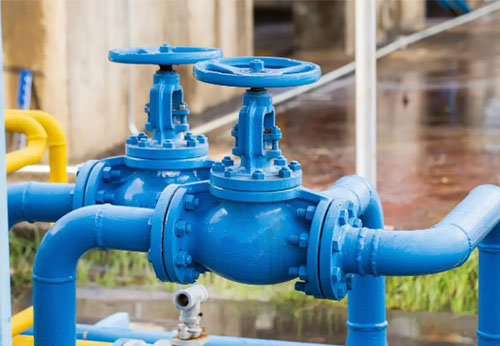What are the differences between carbon steel valves and cast steel valves?

In terms of material characteristics: Carbon steel valves are mainly composed of carbon steel, with high strength, hardness and toughness. At the same time, they are relatively cheap and easy to process and weld. Cast steel valves are produced by casting technology. The materials can be carbon steel, alloy steel, etc. The internal metallographic structure is denser, and the impact resistance and corrosion resistance are better, but the processing difficulty is higher and the cost is relatively higher.
In terms of manufacturing technology: Carbon steel valves mainly use forging, welding and other processes, which are suitable for the production of valves with simple structure and small size. Cast steel valves are formed by casting technology, and can manufacture valves with complex structure and large size, such as large power station valves, chemical high-pressure valves, etc.
In terms of application fields: Carbon steel valves are widely used in petroleum, chemical, metallurgy, papermaking, power and other industries due to their excellent mechanical properties and low prices. They are suitable for medium and low pressure and normal temperature conditions. Cast steel valves are more suitable for high pressure, high temperature and corrosive media conditions due to their excellent impact resistance and corrosion resistance, such as power station boiler valves, chemical acid and alkali resistant valves, etc.
In summary, carbon steel valves and cast steel valves have their own advantages and are suitable for different application scenarios. When selecting valve materials, it is necessary to comprehensively consider factors such as actual working conditions, medium characteristics, and pressure levels to ensure the safety and reliability of the valve.
 简体中文
简体中文 Русский
Русский Español
Español Bundor - Butterfly, Gate, Check, Ball, Globe Valve Manufacturer, Supplier & Distributor
Bundor - Butterfly, Gate, Check, Ball, Globe Valve Manufacturer, Supplier & Distributor
